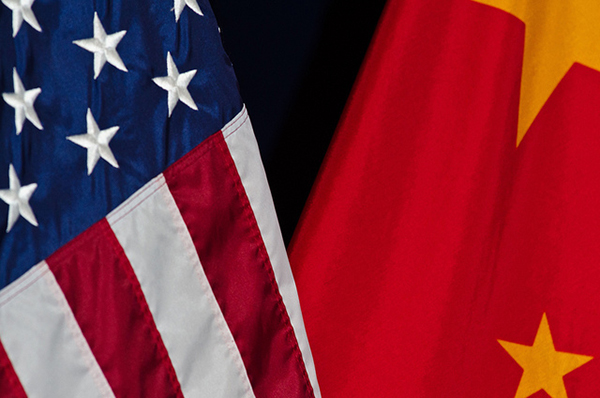Our work helping companies reshore manufacturing has increased significantly since the beginning of the trade wars, and now the pandemic. Reshoring is a hot topic in business, discussed in C-level staff meetings and Board meetings throughout America.
Reshoring often involves leaving China on a quest for finding another low-cost country or in re-patriating manufacturing to America. But extracting business from China, whether it is your wholly-owned foreign subsidiary (WOFE), a contract manufacturer, or a supplier, isn’t as easy as you might think. There are a whole host of Chinese regulations, fees, and risks to consider.
I have written about this before, but lately, there seem to be a lot of companies making the same mistakes when trying to extract themselves from China.
Your Supply Base
If you are manufacturing in China, your supply base for raw materials and parts is most likely also in China. It is important to consider that when you are reshoring manufacturing, you will need to encourage your suppliers to reshore, too. The other alternative is to rebuild your supply base in the U.S. We coach our clients that this process can take 12-18 months. Until then, you will have to import production parts and may have to pay the 301 China penalty tariffs on these imports.
IP Theft In Other Countries
If you are looking to run away from IP theft problems in China, beware of what you are running toward. IP theft isn’t an isolated problem just in China. Many countries throughout the world have weak IP laws that won’t protect you. Counterfeit products come from countries throughout Asia, the Middle East, and more recently Africa. And if you haven’t registered your own Trademark in China, take note. Many Chinese companies will register your trademark and then use it after you leave the country, and there isn’t much you can do about it.
The manufacturing IP, tools, and molds you leave behind will likely be used to continue the manufacturing of your products when you leave. It’s going to be very difficult, if not impossible, to retrieve your tools and molds from a Chinese manufacturing site, even if you think they rightfully belong to you. Don’t think that just because you have shut down the production of your product, that the Chinese factory is simply going to “forget” how to make your product. They will probably continue to produce it and sell it in domestic and international markets – perhaps even competing with you.
Labor Contracts and Permits to Leave
You may also be required to file for a permit from the Chinese government to close your manufacturing operations. This could take several months and also require you to pay out all of your Chinese employees’ contracts before you go. This is likely to be a much more costly and lengthier process than you had anticipated. Sure, you could turn off the lights, lock the doors, get on a plane, and simply abandon your Chinese operations. But don’t expect to ever come back to China. You are likely to not be granted a visa or you might be detained when trying to visit China in the future.
The Chinese Government
The Chinese government may be reluctant to allow you to leave depending on the value they place on your technology. If the Chinese government believes you are making products with a desirable technology or critical infrastructure items, they will try all possible tactics to keep you in China. They may not allow the export of your equipment, delay your exit permit, retain your computer systems, and refuse to release drawings and other IP.
The U.S. current unfavorable relationship with China doesn’t help. Retaliatory tactics by the Chinese may be deployed as a demonstration of strength in the Trade Wars, even though your company is not involved in the trade negotiations.
Identify All Risks
Before you leave China, be sure you have identified all of the risks of a new location as well as those of leaving your current manufacturing site. Better yet, consider opening a second factory in a new location, without closing the old one, known as “China Plus One Strategy.” Be sure to get advice from a global supply chain consultant or a law firm with offices in the U.S., China, and your new location.
SC
MR


Latest Supply Chain News
- Tech investments bring revenue increases, survey finds
- Survey reveals strategies for addressing supply chain, logistics labor shortages
- Israel, Ukraine aid package to increase pressure on aerospace and defense supply chains
- How CPG brands can deliver on supplier diversity promises
- How S&OP provides the answer to in-demand products
- More News
Latest Resources

 Explore
Explore
Business Management News
- Survey reveals strategies for addressing supply chain, logistics labor shortages
- How CPG brands can deliver on supplier diversity promises
- How S&OP provides the answer to in-demand products
- AI, virtual reality is bringing experiential learning into the modern age
- Tips for CIOs to overcome technology talent acquisition troubles
- There is still work to do to achieve supply chain stability
- More Business Management
Latest Business Management Resources

Subscribe

Supply Chain Management Review delivers the best industry content.

Editors’ Picks




